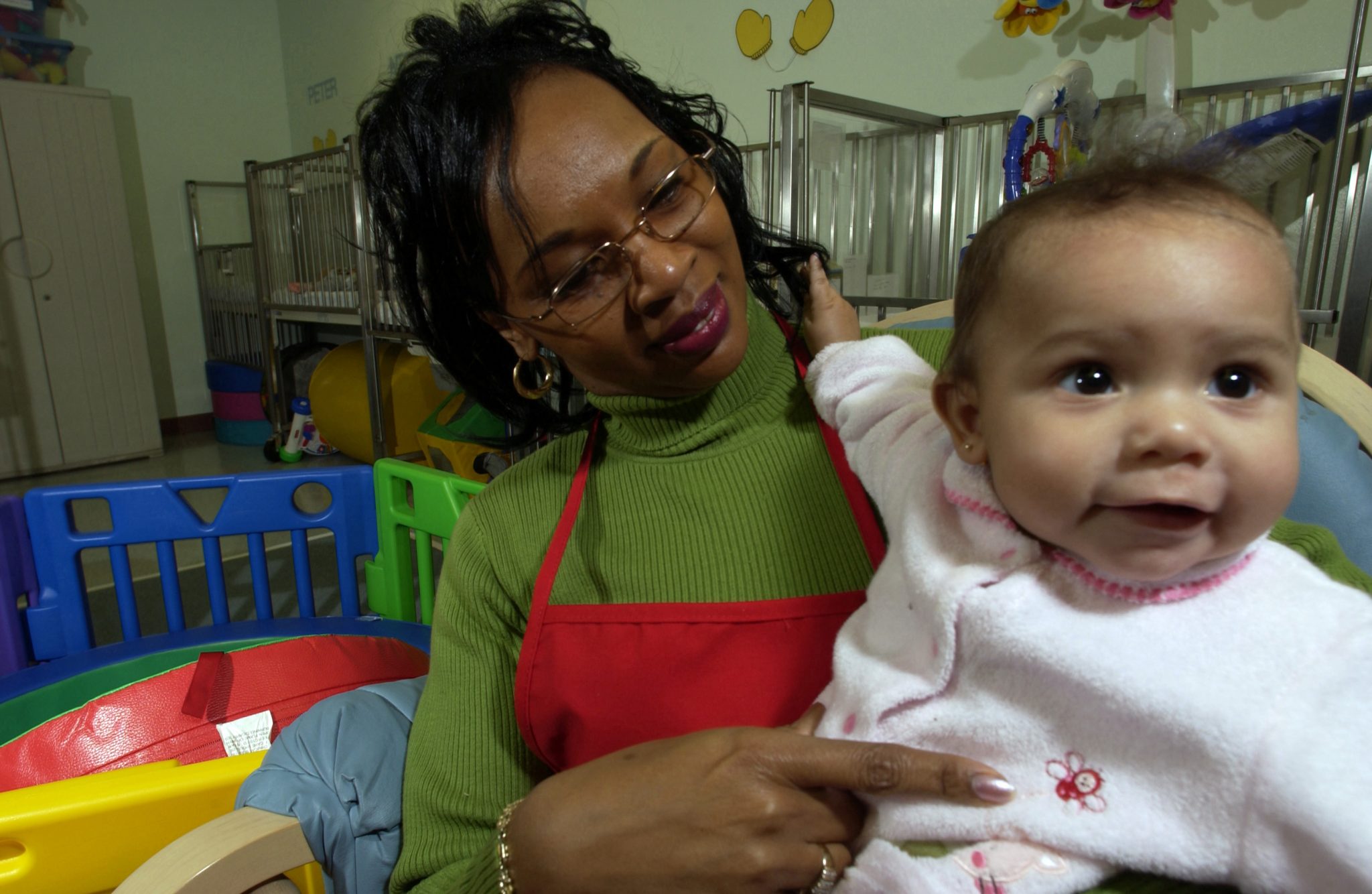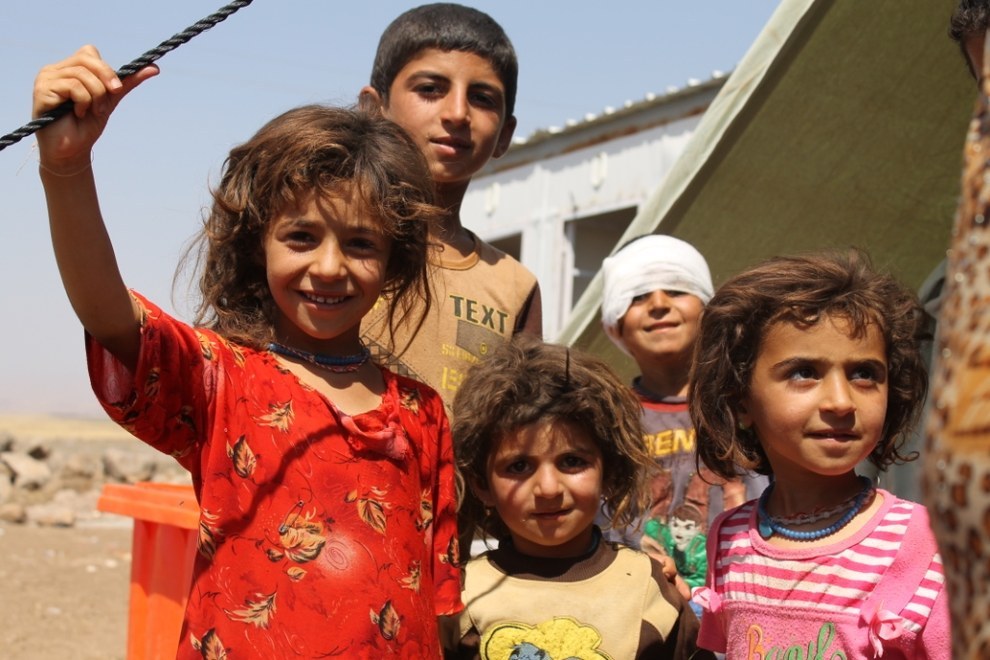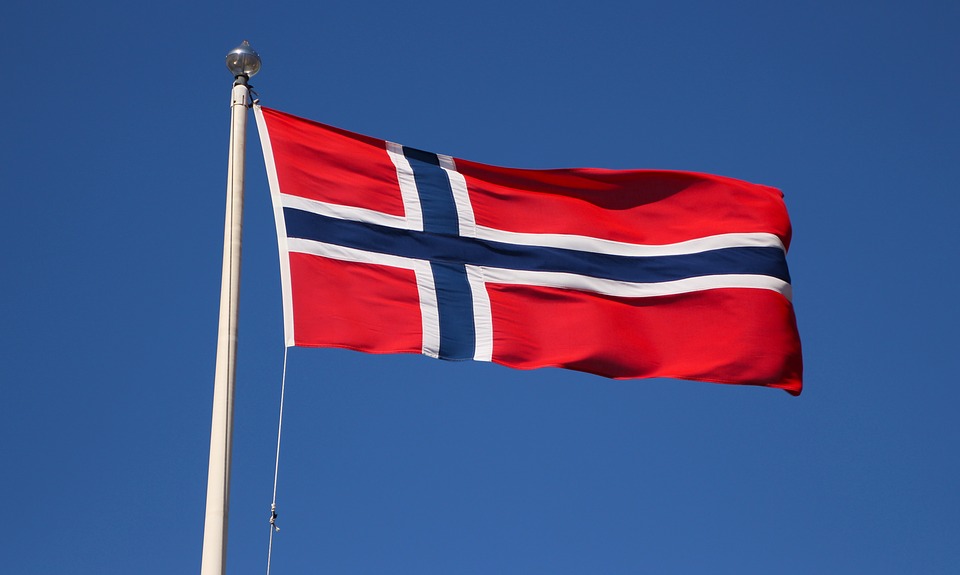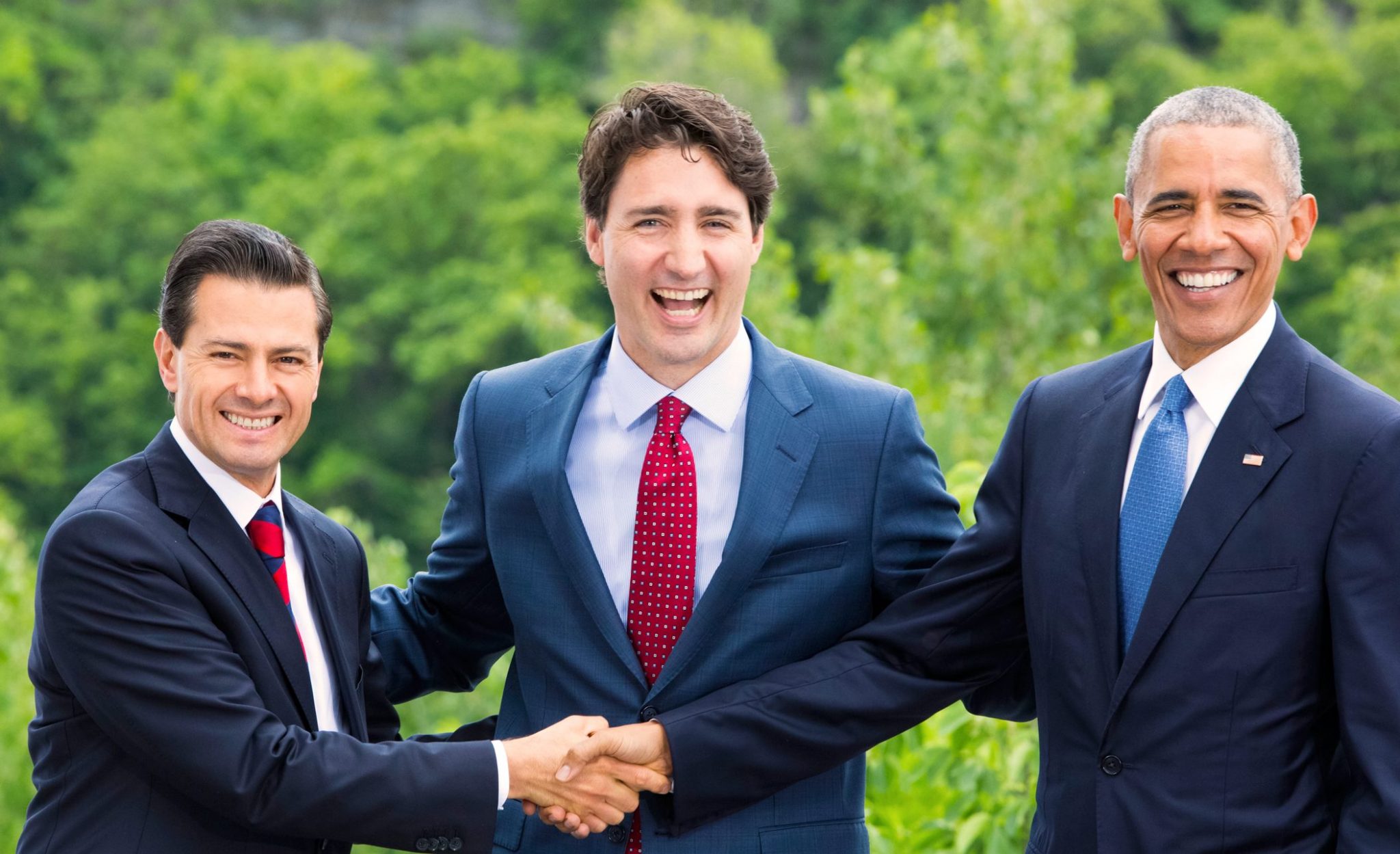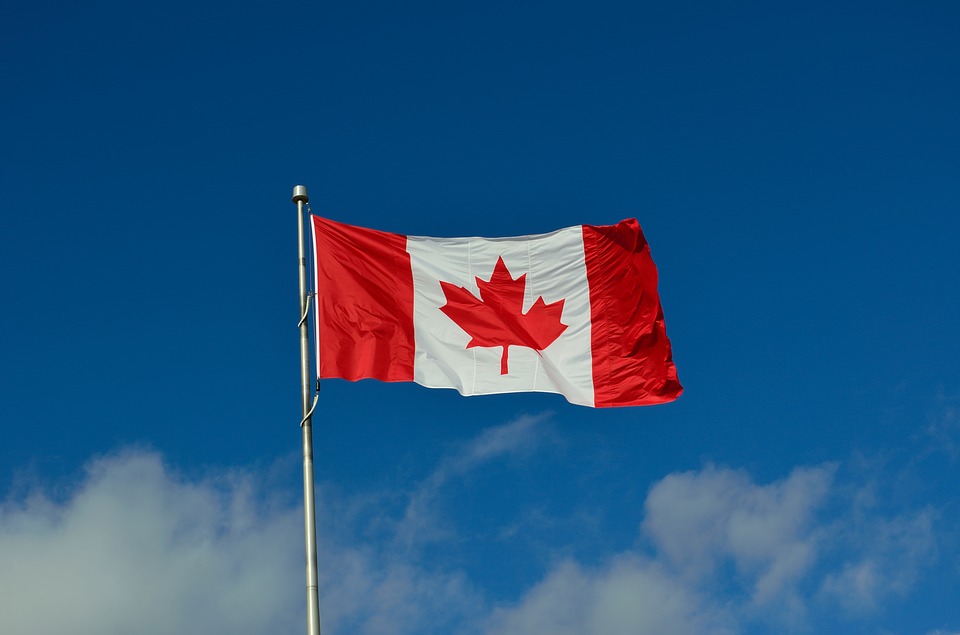Immigration Canada Reviewing Foreign Caregivers Pilot Program
Foreign Caregivers Face Uncertainty as Pathway Program to Permanent Residency Nears Expiry Date
Foreign caregivers often immigrate to Canada as part of an immigration program that helps them work towards permanent resident status. These caregivers work hard and support their families overseas. And this hard work frequently culminates with bringing their families to Canada.
But changes to the program’s criteria in 2014 caused a drop in the number of applicants granted permanent residency. And the changes to these immigration pathways has left many caregivers feeling uncertain.
Background and Program Changes
Currently, Canada has two pilot programs giving foreign caregivers access to permanent residency. After two years of full-time employment as caregivers, they are eligible to apply. One program is for caregivers who look after children. The other is for those who look after adults with high medical needs.
In 2014, the former Conservative government reformed this program. It became more difficult for caregivers to be eligible for permanent resident status. They capped the annual number of foreign caregivers granted access to the program to 5,500. They also introduced new language and post-secondary education requirements.
Applicants must pass a language test for reading, writing, listening, and speech. They also need at least a one-year post-secondary education credentials.
In the three years since then, only 555 caregivers were granted permanent residency. Before these changes, the average number of successful applicants was 8,000 per year.
Program Under Review
Immigration Canada is reviewing the program as it approaches its end in November. The review will determine what type of pathway should be in place for foreign caregivers. They will either replace the program or make it permanent. They will also announce their decision before the program end date.
The end date and deadline to gain two years of full-time work experience is November 29, 2019.
Canada has continued to process caregiver applications since last November. But new applicants were unaware of their ineligibility. This recent announcement came as a shock to many, causing stress and anxiety. Caregivers come to Canada with this special pathway in mind, yet no one informed them of this cut-off date.
Those already working in Canada may not meet the deadline if they had gaps in their employment. It can take at least eight months before gaining new employment and work permits. This gap could cost them their eligibility to apply for permanent residency.
The demand for caregivers will only increase as Canada’s population grows and ages. More adults and children will need such care. And foreign caregivers will do this hard work to support their families overseas. Furthermore, they leave their families behind—sometimes for years—in hopes to one day reunite with them in Canada. But that day may never come if Canada maintains tough restrictions in place for foreign caregiver programs.
Canada Must Help Syrian Refugee Children Overcome The Trauma Of War
Immigration to Canada Means Social, Educational, and Mental-Health Support for Traumatized Children
Canada has stuck by its promise to resettle thousands of Syrian refugees, but plenty of work remains. Syrian refugees face unique challenges upon resettlement, and Canada must support those who are most vulnerable.
Forced to flee their homes, separated from their families, many Syrian refugees have experienced more tragedy than many Canadians could ever imagine. The trauma they experienced will likely continue to haunt them for years to come, even after arriving in a safer country. Unfortunately, many refugees remain vulnerable to further violence and ongoing discrimination. What’s more, Syrian refugees who have immigrated to Canada must overcome a variety of social and economic challenges—and children are no exception.
Mental Health Concerns
Human rights advocates recently reiterated concerns about the mental health of refugees, especially children. Child refugees experience toxic stress from war, with trauma potentially leading to mental illnesses such as depression, anxiety, and psychosis. As a result, many suffer from self-harm and suicidal thoughts and attempts.
Without support, these children will continue to suffer. Canada needs education programs designed to help children traumatized by war. During the First World War, Dr. Maria Montessori designed an effective program to treat and soothe traumatized children, often helping them regain a sense of normalcy. Unfortunately, there wasn’t enough support for her program at the time. Instead, victims of war were only supported with material goods.
Despite advances in mental health, though, this focus on material support remains the norm for many. According to an expert from the University of Windsor, social and community support cannot be ignored.
Continued Social and Community Support
Ben Kuo, a psychology professor at Windsor, is conducting a five-year-long study on the mental health of Syrian refugees, specifically with reference to social inclusion and community. According to Kuo, refugees also need suitable social and community supports to overcome their challenges during resettlement.
Privately-sponsored refugees appear to be resettling well compared to government-sponsored refugees. This difference may be due to the increased social support and inclusion from private sponsors.
Canadian society must do its part in helping refugees feel welcome. Refugees need social inclusion in Canadian society, not seclusion. Discrimination still exists in Canada. And it can lead to harmful racism towards refugees.
Research has found that racism is even more damaging for refugee children who grow up in Canada. These children may only know Canadian life, yet they are told they don’t belong. They need a sense of belonging in both cultures and a balanced cultural identity.
Canadians—whether born here or not—should be able to take pride in their family’s culture as well as mainstream Canadian culture. Canada must be proactive in supporting vulnerable populations, especially children traumatized by war.
Canada’s Immigration Policies an International Inspiration
Canada’s Status as a Policy-Borrower Could Change as Scandinavian Countries Look to Canada’s Model for Inspiration
When it comes to immigration policy, Canada is a global leader, and has been for decades. In fact, immigration in and to Canada is both integral to and inseparable from the country’s history. And for countries who are relatively new to modern immigration models, Canada has just the case these countries are looking to for inspiration.
The Scandinavian Connection
Canada has long been described in public policy literature as a “policy borrower,” while the Scandinavian countries are known as “policy lenders.” But while Scandinavia is a source of inspiration for a wealth of policy initiatives, they’re relatively new to others.
According to a recent article from MacLean’s, Canada’s model for immigration has made a lasting impression on Scandinavian countries, including Denmark, Norway, and Sweden. These countries are all relative newcomers to modern immigration policy, and in recent years, have seen an increase in immigration and multiculturalism efforts.
For a long time, Canada and other countries looked to Scandinavia and other “policy lenders” for inspiration on social and economic issues and models. In fact, Canada has borrowed policy from Scandinavia on:
- Education
- Environment and energy policy
- Proportional representation
- Coalition governments
- Voter turnout
- Gender equality
- Healthcare
- Welfare
- International conflict resolution and humanitarianism
What Makes Canada’s Model Appealing?
Since 2000, Canada’s immigration model has influenced reform debate and processes in Denmark, Norway, and Sweden. Canada’s economic immigration model also received significant attention.
This model views immigrants as valuable contributing members of the workforce and economy. It targets skilled economic immigrants who can integrate well in the labour market. This view of economic immigration has inspired new attitudes toward labour immigration in the Scandinavian countries.
This model also emphasizes that it is the newcomer’s responsibility to integrate into the workforce and Canadian society.
Key Takeaways
The Scandinavian countries' immigration systems resemble Canada’s open and selective system, but differ in programs and policies. They have adapted their policies to suit their own circumstances.
Their Canadian-inspired immigration practices include:
- Norway’s adoption of citizenship ceremonies;
- Denmark’s adoption of a points system for economic immigrants; and,
- Sweden’s acceptance of dual citizenship.
Canada’s immigration model is unique, based on the country’s large geographic size, a long history of immigration, and the adoption of multiculturalism as official policy early on. The Canadian model has given Canada an international leadership role in immigration and integration policy. And this has allowed Canada to promote its values and interests around the globe, which is an initiative of Canadian foreign policy.
Canada’s positive attitude toward immigration can improve how societies welcome newcomers, and how well newcomers resettle and integrate with society. Immigrants are valuable members of the economy and society, bringing their own wealth of knowledge, culture, and experiences to create a stronger, more progressive nation.
Mexican Refugee Claims Surge After Visa Requirement Lifted
Mexico Among the Top Nationalities Seeking Refugee Status in Canada Following Changes to Ease of Entry
According to a recent Global News article, Mexico is again a leading source of refugee claims due to a change in Canadian visa requirements. Prior to December 2016, Mexicans required a travel visa to enter Canada. The former Conservative government introduced this requirement in 2009 to reduce the number of asylum claims made by Mexicans. According to a now-declassified Intelligence Brief, those numbers have surged yet again.
Background
In 2009, Mexico was the leading source country for refugee claims in Canada, peaking at 9,000 for that year alone. However, most of these claims were rejected. Following the introduction of the visa requirement, refugee claims fell significantly down to 86 in 2014, and 111 in 2015.
Justin Trudeau promised to lift the visa requirement for Mexicans as part of his 2015 election platform. Trudeau’s goal was to strengthen Canada’s relationship with Mexico, improving business, travel, and the exchange of ideas between Canadians and Mexicans.
Following the lifting of the visa requirement on December 1, 2016, the number of asylum claims from Mexico climbed again, making it a top source of refugee claimants. Mexico is sixth after Haiti, Nigeria, Turkey, Pakistan, and India. The Intelligence Brief connecting the increase in Mexican asylum claims with the lifting of the visa requirement comes from a Canada Border Services Agency (CBSA) report.
Increase in Claims, Positive Results
In 2017, there were 1,500 asylum claims from Mexican citizens, six times higher than 2016. However, only 25 percent of Mexican refugee claims were accepted. The other 75 percent were either abandoned, rejected, or withdrawn. The majority of claims were made in Quebec, and mostly in Montreal’s Trudeau airport.
The majority of these Mexicans claimed refugee status for fear of drug cartels in Mexico. Drug cartels have been linked to rampant violence and mass murder in Mexico. The violence in Mexico and hostility towards immigrants in the U.S. have made Canada a top destination for those seeking asylum. Canada is also seen as a relatively crime- and corruption-free country—a place of refuge from violence.
Although the majority of refugee claims are rejected, the lifting of the visa requirement has made it easier for Mexicans to visit Canada as tourists. Immigration, Refugees, and Citizenship Canada spokespeople have commented that Canada and Mexico continue to cooperate on issues that emerge because of the lift. And more importantly, it has given those fleeing violence a chance to claim refugee status in a safer country.
Immigration in Canada and Budget 2018
How Canada’s Federal Budget 2018 Will Impact Canadian Immigration Efforts and
Canadian Finance Minister Bill Morneau recently tabled Budget 2018, which addresses several immigration issues. The Federal Budget includes spending on immigration in Canada focused on employment, processing asylum claims, and fixing problems within the Canada Border Services Agency (CBSA).
A few key spending points and initiatives stand out:
Employment Program for Newcomer Women in Canada
Starting in 2018-19, the Canadian Government intends to spend $31.8 million over three years to support a pilot program for newcomer women who are visible minorities, dubbed “Getting Into and Staying in the Workforce and Career Pathways for Visible Minority Women in Canada.” This program aims to reduce the barriers that female newcomers face when searching for jobs and integrating into Canadian society. These barriers include:
- Low language and literacy skills;
- Limited or interrupted education;
- Lack of community and social supports;
- Lack of Canadian experience;
- Discrimination (both gender- and race-based);
- Low incomes and precarious incomes; and
- Lack of affordable and accessible childcare.
Processing Asylum Claims from Irregular Migration
The Federal Budget plans to spend $173.2 million to support processing of asylum claimants arriving in 2018-19, as well as supporting security at the Canada-U.S. border. This funding seeks to manage the influx of asylum seekers arriving in Canada, providing safe, compassionate, and fast processing. It will support short-term processing and security screening at the border, along with the Immigration and Refugee Board’s decision-making capacity.
Improving the Passenger Protect Program
In response to a push from families in Canada whose children are on the No-Fly list, the Budget includes an investment of $81.4 million over five years, and an ongoing $14 million annually to improve the Passenger Protect Program. The plan is to develop a centralized screening model and a redress mechanism for valid air travellers who are unfairly affected by this program. Children who have been unfairly targeted by this program encounter travel delays because their name matches someone else’s name on Canada’s No-Fly list.
Protecting Temporary Foreign Workers
The Canadian Government will spend $94.1 million over five years, and $33.19 million per year ongoing, to protect and enforce the rights of temporary foreign workers in Canada. This will support:
- Unannounced inspections under the Temporary Foreign Worker Program;
- Continuation of the International Mobility Program compliance regime; and,
- The continued collection of labour market information in relation to open work permits.
The Government also plans to invest $3.4 million over two years into a pilot program to support temporary foreign workers who are victims of potential abuse by their employers. The program will create a network of support organizations for temporary foreign workers to report instances of abuse. The support program will also educate workers on their rights to remain and work in Canada temporarily and free from abuse and harassment.
These funding proposals from Budget 2018 are promising for immigration in Canada. Newcomers in Canada are particularly vulnerable, so it is Canada’s responsibility to provide protection and support.

